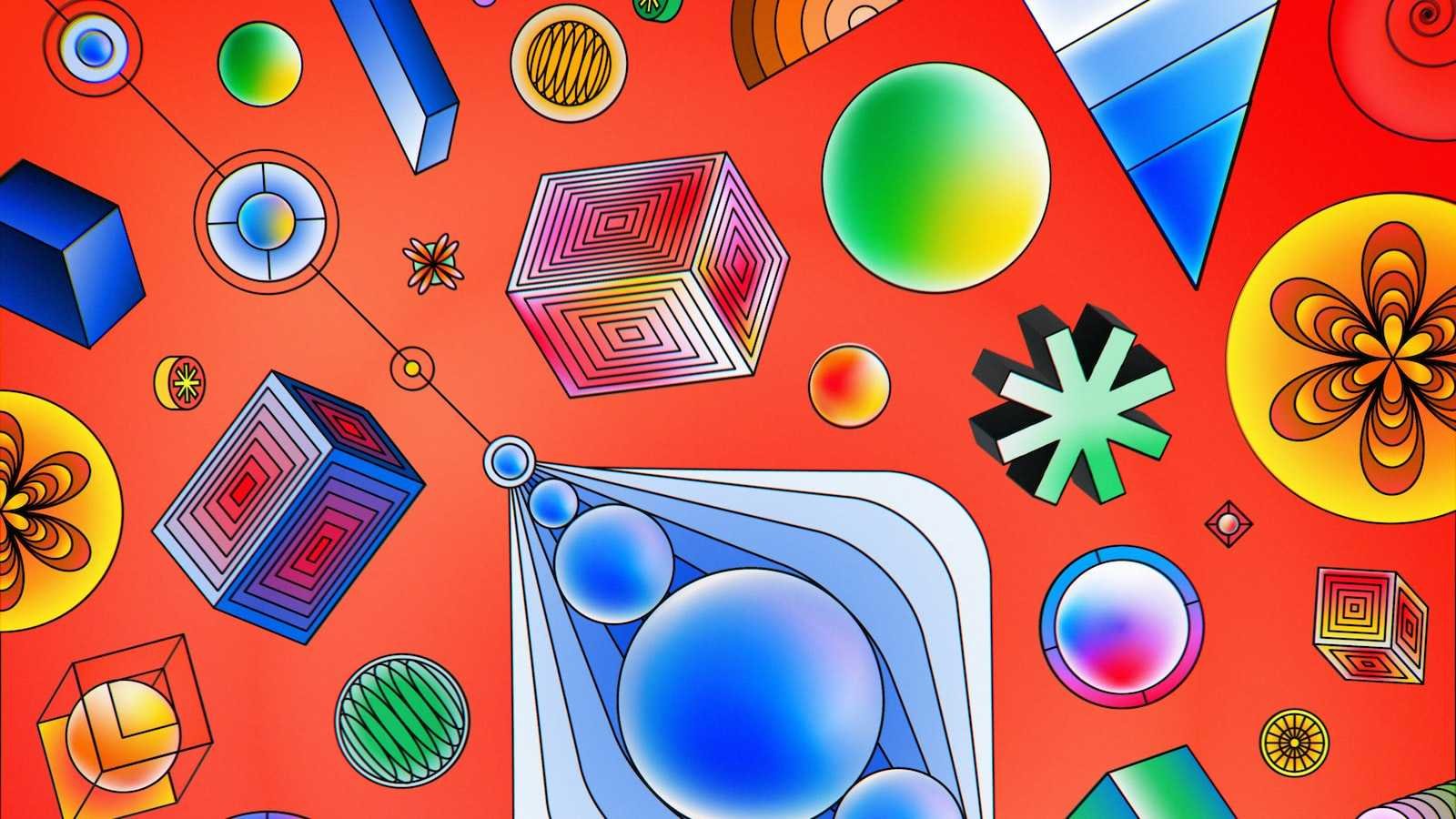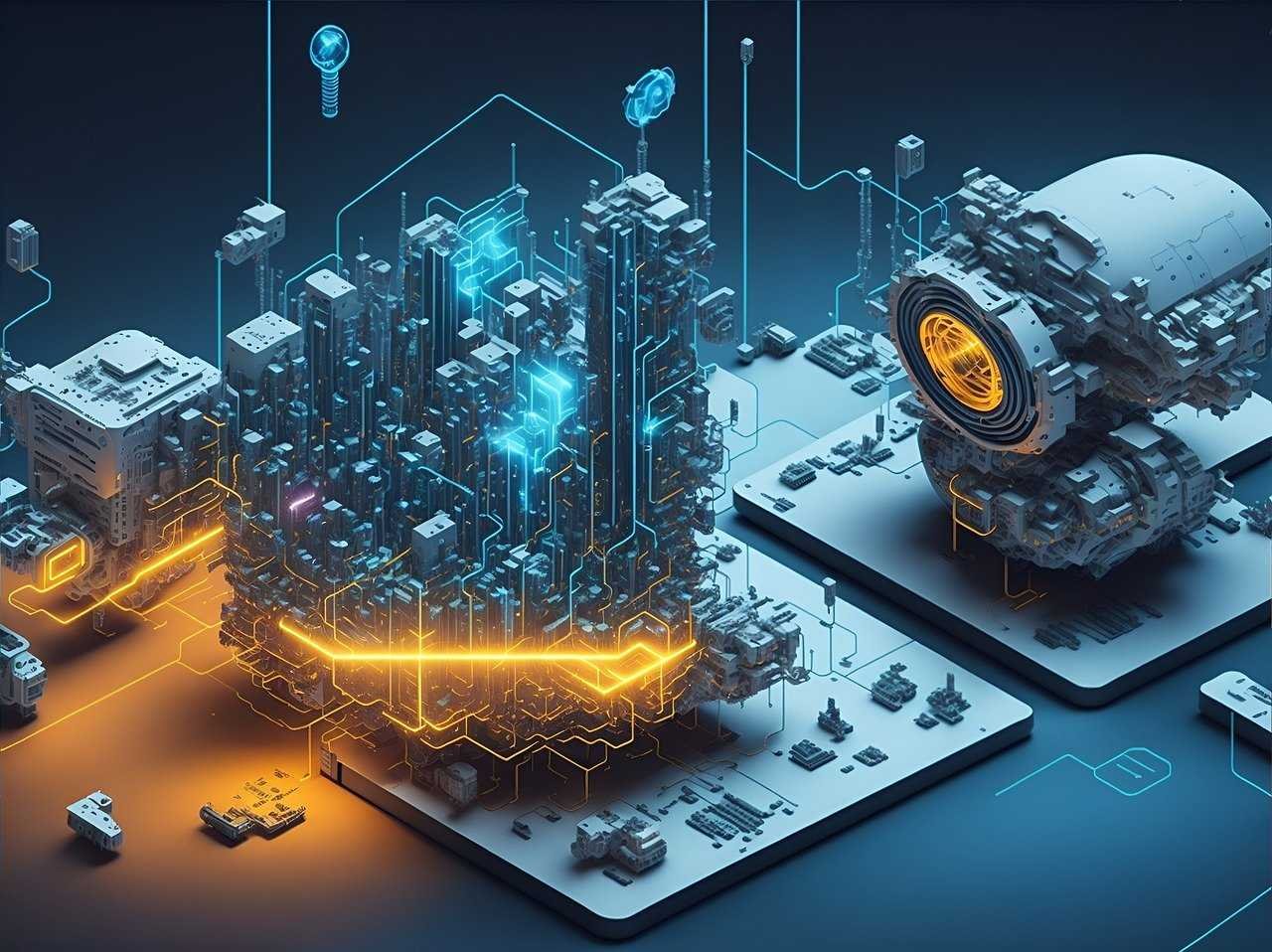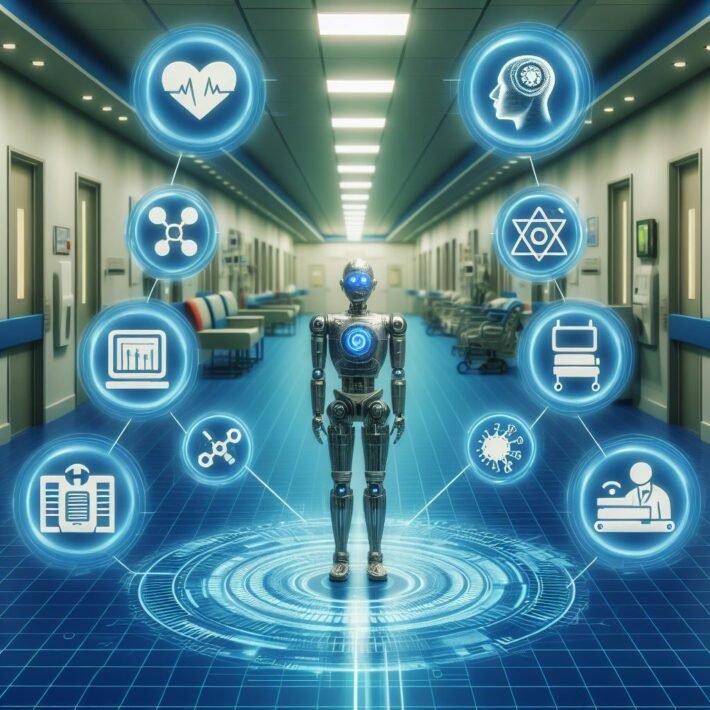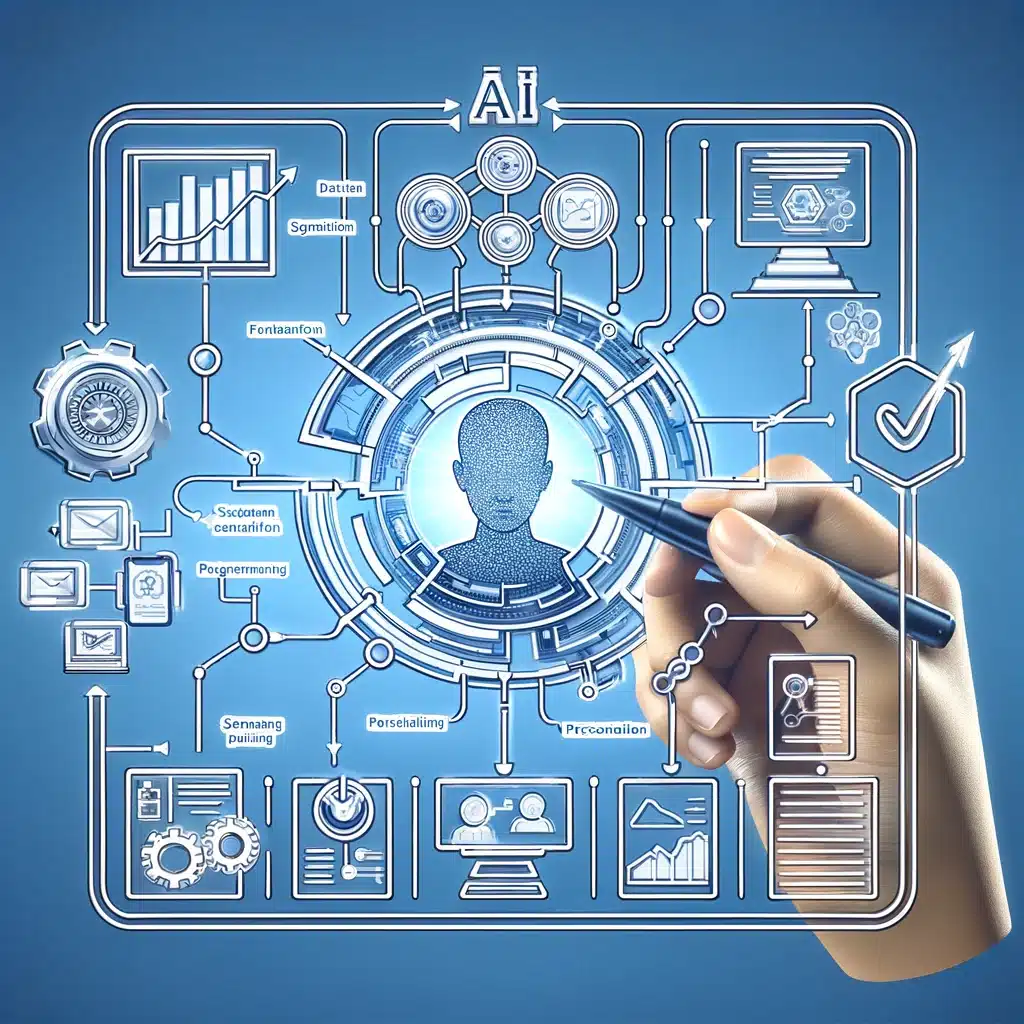Unleashing Boundless Imagination: The Extraordinary World of AI

Artificial Intelligence (AI) has emerged as an unparalleled force that has revolutionized numerous sectors of society. From the realms of art to the creative industries, AI has captivated our imaginations with its ability to generate awe-inspiring creations. But can AI truly be considered creative? This article delves into the depths of this ongoing debate, exploring the intricate relationship between AI and creativity.
As we embark on this journey, we explore cutting-edge research that delves into the question of whether AI-generated art can, in fact, embody true creativity. We will uncover the artistry behind AI’s brushstrokes, unraveling the mechanisms that enable machines to delve into the depths of human emotion and produce masterpieces that rival those of renowned artists.
Additionally, we navigate the current state of the creative industries and the profound impact that AI has had on content creation. From marketing initiatives to software applications, we witness how generative AI models have disrupted traditional creative processes, revolutionizing the way we approach and consume content.
Throughout this enthralling exploration, we encounter the limitless potential of AI in reshaping our perceptions of creativity. As we embrace the compelling possibilities that lie ahead, we join the conversation surrounding the implications of AI-generated art for human creativity. How does this phenomenon challenge our understanding of artistic genius and our very notion of what it means to be creative?
Join us as we embark on this mind-bending journey through creativity and AI, where the boundaries of imagination are stretched to unimaginable limits. Prepare to be captivated by the extraordinary realm of AI and the infinite possibilities that it holds for the future of creativity.

The Rapid Advancement of Artificial Intelligence: Unveiling the Unprecedented Progress in Deepmind and Beyond
The Rapid Advancement of Artificial Intelligence: Unveiling the Unprecedented Progress in Deepmind and Beyond
The field of artificial intelligence (AI) has experienced an extraordinary surge in progress, propelling us into a world that was once limited to the realms of science fiction. Deepmind, along with other leading research institutions, has been at the forefront of this remarkable journey, pushing the boundaries of what AI can achieve. It has unveiled groundbreaking advancements that have captivated both experts and enthusiasts alike. Let’s delve into some of the unprecedented progress that Deepmind and the wider AI community have achieved in recent years:
- AlphaGo and AlphaZero: Deepmind’s AlphaGo program made headlines worldwide when it defeated the reigning world champion Go player, demonstrating the immense potential of AI in complex strategic games. Building upon this success, AlphaZero generalizes the AlphaGo approach to multiple games, learning from scratch and achieving superhuman performance, with no prior knowledge or human input.
- Neural Networks and Deep Learning: Deepmind’s research has greatly advanced the field of deep learning. Neural networks, inspired by the structure of the human brain, are now utilized in a wide range of applications, such as natural language processing, computer vision, and speech recognition. Deep learning algorithms have surpassed human capabilities in tasks like image recognition, voice synthesis, and even medical diagnosis.
- Transfer Learning and Generative Models: Leveraging the power of neural networks, Deepmind has pioneered transfer learning techniques, enabling AI systems to transfer knowledge from one task to another, accelerating learning and adaptation. Additionally, generative models like DeepDream and GANs (Generative Adversarial Networks) have revolutionized the field of computer-generated imagery, producing realistic art, sound, and video.
The progress witnessed in the field of AI is not limited to Deepmind alone. Researchers worldwide are tirelessly pushing the boundaries of knowledge, unlocking the immense potential of AI in various domains. AI’s rapid advancement has brought us closer to solving complex problems, impacting areas such as healthcare, education, and environmental conservation. With continued interdisciplinary collaboration and ethical considerations, we can navigate this ever-evolving landscape of artificial intelligence, harnessing its power for the betterment of humanity.

Decoding AI Text: How to Differentiate Between Human Writing and AI-generated Content
Decoding AI Text: How to Differentiate Between Human Writing and AI-generated Content
When it comes to written content, we often encounter a question: Is it human-written or AI-generated? With advancements in artificial intelligence, it has become increasingly challenging to distinguish between the two. However, there are a few key factors that can help us uncover the truth.
1. Language Complexity: One of the first indicators to consider is the complexity of the language used in the text. Human writing tends to have a natural flow and a wide vocabulary range, including colloquial phrases and idioms. On the other hand, AI-generated content may lack the nuances and intricacies of human language, often sounding more formal and robotic.
2. Emotional Tone: Another important aspect to consider is the emotional tone of the text. Humans can express emotions, opinions, and personal experiences, which adds depth and relatability to their writing. AI-generated content, while capable of providing informative and concise information, often lacks the personal touch and emotional connection.
- Bold Statement: Human writing showcases the ability to take a stance on a particular topic, presenting arguments and supporting evidence. AI-generated content, although informative, may lack the critical thinking and persuasive elements often found in human writing.
- Unnumbered List: Human writing incorporates storytelling and real-life examples, making the content engaging and relatable. AI-generated content, while efficient in relaying information, may lack the contextual depth and personal anecdotes that enhance the reader’s understanding.
In conclusion, while AI-generated content continues to evolve and improve, there are still distinctive qualities that differentiate it from human writing. By considering factors such as language complexity, emotional tone, bold statements, and storytelling elements, we can decipher whether the text is crafted by a human or generated by an AI. It is essential to enhance our understanding of these differences to ensure that the content we consume aligns with our preferences and requirements.

AI-generated Content: Pros and Cons of Leveraging Artificial Intelligence in Creative Writing
AI-generated Content: Pros and Cons of Leveraging Artificial Intelligence in Creative Writing
In the realm of creative writing, artificial intelligence has ushered in a new era of possibilities. However, as with any new technology, there are both pros and cons to harnessing AI in this field.
On the positive side, leveraging AI in creative writing can significantly enhance productivity and efficiency. AI algorithms have the capability to generate vast amounts of content in a matter of seconds, saving writers precious time and energy. Additionally, AI can assist in overcoming writer’s block by providing creative prompts and ideas, acting as an inexhaustible source of inspiration. This can lead to higher levels of creativity and innovation in the writing process.
- AI-generated content can be cost-effective, reducing the need for hiring writers or content creators.
- AI can analyze vast amounts of data and identify trends, helping writers tailor their content to suit specific audiences.
- By automating repetitive writing tasks, writers can focus more on refining their unique storytelling abilities.
Nevertheless, there are concerns associated with AI-generated content. One major drawback is that the creative output lacks the depth, emotion, and human touch that traditional writing possesses. AI is limited to analyzing patterns and algorithms, making it difficult to replicate the complexities of human experiences and emotions. Moreover, there is the risk of overreliance on AI, leading to a homogenization of writing styles and the dilution of individual voices.
- AI-generated content may lack originality and uniqueness, as it relies on existing data and patterns.
- There is a potential for misinformation or bias if the AI algorithms are not well-trained or if the input data is skewed.
- AI cannot fully grasp subjective aspects of writing, such as humor or irony, which are crucial in creative works.
In conclusion, AI-generated content offers undeniable advantages in terms of efficiency and creative ideation. However, it is essential to strike a balance between leveraging AI’s capabilities and preserving the authenticity and artistic value that human writers bring to the table.

Embracing AI Text Generation: Unveiling the Potential and Best Practices for Generating Engaging and Shareable Articles
In today’s digital age, the utilization of AI text generation has become an increasingly powerful tool for content creators and marketers alike. The potential it holds in revolutionizing the way we generate engaging and shareable articles is truly remarkable. With advancements in natural language processing and machine learning algorithms, AI text generation has reached a pinnacle where it can mimic human-like writing styles, produce coherent narratives, and even adapt to specific tones and contexts.
When it comes to using AI text generation for generating engaging and shareable articles, there are several best practices that can significantly enhance the quality and attractiveness of your content. Firstly, understanding your target audience is crucial. By tailoring the generated text to their preferences and interests, you can ensure that your articles resonate with them on a deeper level. Secondly, incorporating compelling storytelling techniques can captivate readers and keep them engaged throughout the article. From incorporating relatable characters to building suspense, storytelling allows your content to establish an emotional connection with the audience. Lastly, optimizing your articles for search engines by including relevant keywords and phrases can improve their discoverability and increase their chances of being shared across various platforms.
Insights and Conclusions
As we delve into the world of artificial intelligence (AI), it becomes evident that this technology is revolutionizing various fields, including art and creativity. AI image generators are now capable of producing artwork that rivals human creations in terms of quality. However, this poses questions about the role of human creativity in an AI-dominated world. Some argue that AI has the potential to surpass human capabilities, while others believe that humans will continue to serve as "creative directors," directing and refining the output of AI systems. The development of AI-generated artwork is shaping its own unique style, raising intriguing possibilities for the future of art. As technology progresses and AI becomes more integrated into our lives, the relationship between AI and human creativity will undoubtedly continue to evolve.




